The Taste of Kyoto: Must-Try Restaurants and Iconic Dishes
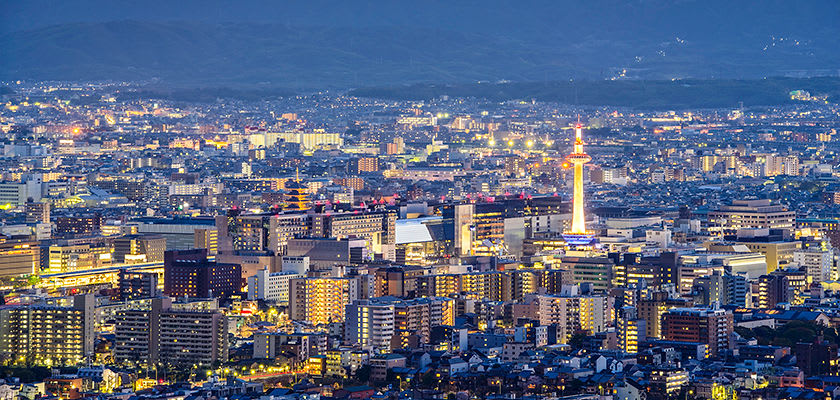
A taste of Kyoto: discover these must-try dining spots
From nishin soba to saba-zushi, Japan’s Imperial City has as many culinary specialties as temples and shrines
Kyoto chefs have been serving up delicious cuisine bursting with ingredients from the surrounding fields since the days of the Imperial Court. Today, this cultural and spiritual center has a satisfyingly diverse culinary scene to explore between visits to Zen gardens.
Whether you opt for fine dining, a sake-pouring izakaya, or the kawayuka summer restaurants that spring up on temporary river platforms, you can choose between traditional broths and lavish kaiseki menus. Wagyu beef and sushi are certainly on offer, but vegans will enjoy Kyoto’s long Buddhist tradition of shojin ryori vegetarian cuisine.
A taste of tradition
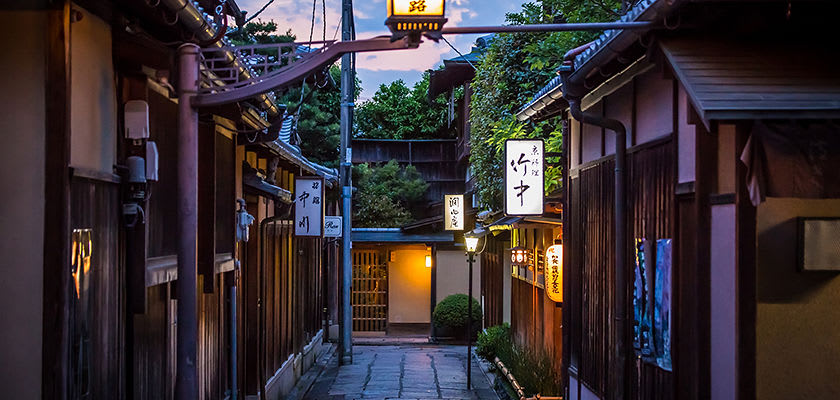
Japanese cuisine may evoke images of just-filleted sashimi, but the country’s former capital is a landlubber by local standards, hidden in main island Honshu with only Lake Biwa nearby. For this reason, the geisha capital’s cuisine is as distinctive as its Zen temples, based on the region’s kyōyasai heirloom vegetables that ensure its dishes are loaded with healthy ingredients.
There’s no finer place to begin exploring local culinary traditions than Honke Owariya (322, Niomontsukinukecho, Nakagyo-ku Kyoto-shi), where you’ll step beneath a magnolia tree to enter a machiya wooden townhouse and enjoy soba buckwheat noodles with shiitake mushrooms, tempura, tofu, dried seaweed broth, and more.
Try hearty nishin (herring) soba, which tops the noodles and hot tsuyu broth with a marinated herring, either here or at the original nishin joint, riverside Matsuba (Shijo Bridge). Legend has it a chef Yosakichi invented the beloved Japanese staple in 1882, when fresh seafood was in short supply, and the dish showcases Kyoto’s high-quality water and love of pickling.
The landlocked city also has a pickled form of sushi, Kyo-zushi, which you can taste in the restaurants and ochaya teahouses of dining and geiko (geisha) entertainment hub Gion – such as Yatai Zushi (244-2 Nakanocho, Higashiyama). On a corner of busy Hanamikoji Street, the popular dinner spot also serves fresh sushi and sake, so a classic izakaya evening awaits.
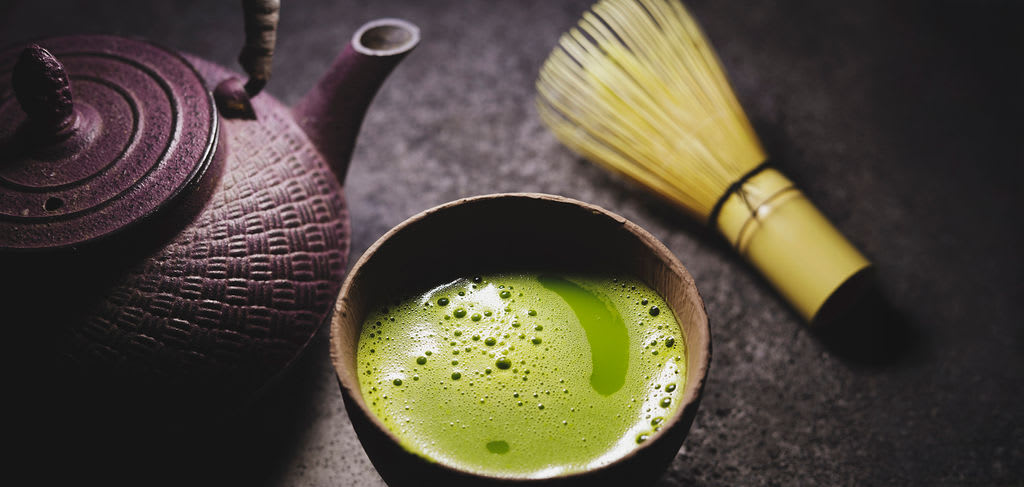
Five must-try dishes
Try these Kyoto classics at izakayas, ochayas, kawayukas, and restaurants in the Pontocho and Gion areas:
1. Saba-zushi
The most popular variety of Kyoto sushi consists of cured mackerel on vinegar-sweetened rice, often topped with kelp and served in bamboo leaves.
2. Yudofu
Soft tofu in a delicately flavored broth of vegetables, dried seaweed, and scallions is the most popular form of shojin ryori (also known as tofu ryori).
3. Kotteri ramen
Kyoto-born ramen empire Tenkaippin is famous for this flavorsome version of Japan’s beloved noodle broth, made from boiling chicken bones.
4. Kushikatsu
Neighboring Osaka’s fried skewers of panko-covered meat, fish, and vegetables are a common sight in streets, train stations, and markets.
5. Matcha
Look out for powdered green tea in both savory and sweet dishes as well as cups, thanks to Kyoto monks and aristocrats’ fondness for the brew from nearby Uji.
The restaurants of the future
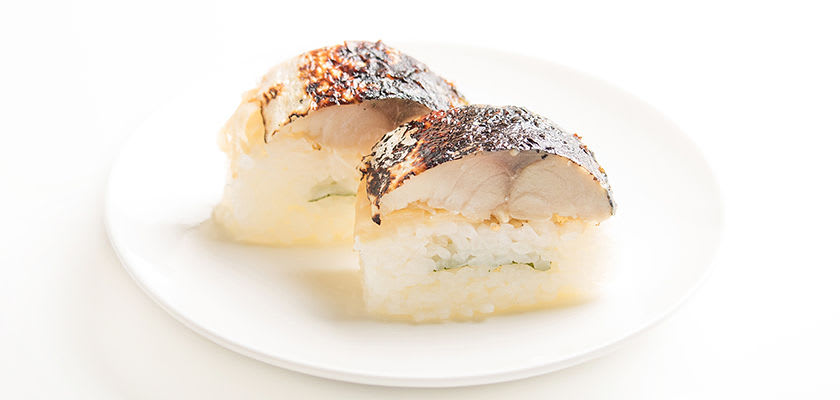
True to the Imperial City’s time-honored role as center of Japanese creativity, Kyoto has almost 100 Michelin-starred restaurants and a reputation for vegan cuisine. Progress builds on heritage, and the city’s vegetarian menus recall obanzai home-style cooking and shojin ryori dishes developed by Buddhist monks, which have long drawn on the surrounding fields.
ZIRAEL Vegan Restaurant (313-7 Kitagawa Gionmachi Higashiyama) in Gion keeps travelers and expats happy with the dishes of many nations, but everything is based on Kyoto vegetables and plant-based Japanese ingredients, so you could choose between vegan dumplings and soy Bolognese pasta.
For a modern take on Japanese cuisine, enjoy great cuts of Wagyu beef at teppanyaki favorite Teppan Hanaroku (Hotel Kanra Kyoto), which complements seasonal Kyoto produce with sake from small Kyotango and Fushimi breweries.
Many fine-dining restaurants continue Kyoto’s gourmet interpretation of kaiseki set menus, which developed out of tea ceremonies and the city’s aristocrats have enjoyed since the imperial era. Between Kyoto Imperial Palace and the Kamo River, Nakaso Tango (Kamiosu-cho, Kawaramachi-dori, Kamigyo-ku) introduces diners to chef Koji Hasegawa’s native Tango Peninsula through kaiseki and omakase (chef’s choice) menus based on local seafood and produce.
Given Kyoto’s appeal to foreign visitors, a cosmopolitan range of restaurants puts a local spin on world cuisines, such as Ruruson Kiboa’s (52 Kamigamo Toyotacho, Kita-ku) French dishes of local vegetables, Wagyu beef, and Honshu seafood. For a Michelin-starred Italian-Japanese experience, try chef Keisuke Nakamoto’s creations of Ōhara vegetables and handmade pasta at Bini (445-1 Shimoru, Higashitoin-dori, Marutamachi, Nakagyo-ku), set in an elegant former merchant’s house.
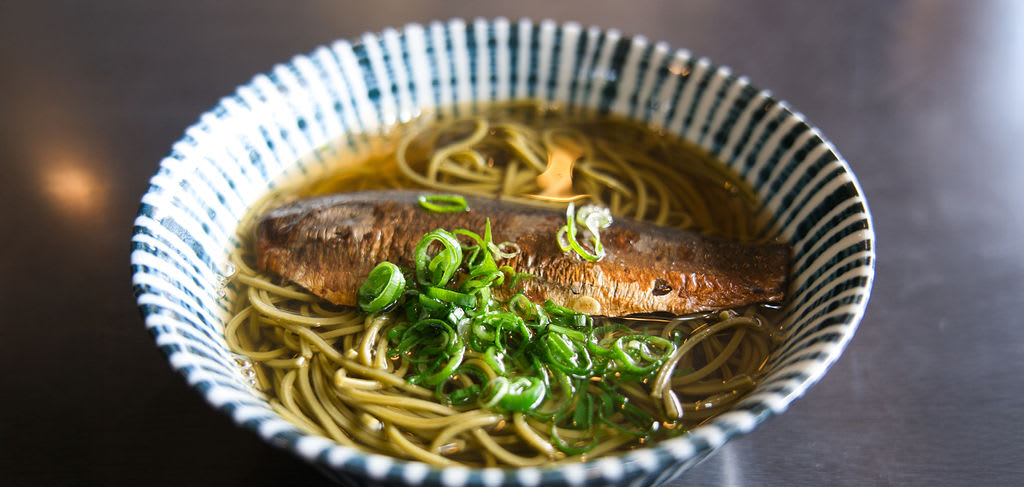
Explore Kyoto with Diners Club
Look for the Diners Club International and Discover acceptance marks to know where you can stay, dine, and shop when in Kyoto.
The information provided herein is sponsored by Diners Club International®. It is intended for informational purposes and is not intended as a substitute for professional advice. Content on this website may contain information from third parties and/or links to third-party websites. Diners Club International bears no responsibility for the accuracy, legality or content of this information.